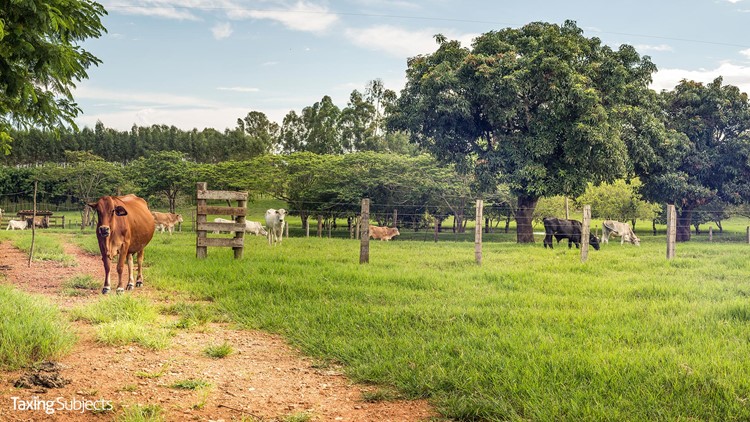More Time to Replace Livestock due to Drought

While too much rain due to tropical storms and hurricanes has been the big news in the eastern U.S. recently, out west, the problem has been not enough rain. Many farmers and ranchers have had to sell off their herds of livestock because of the dry conditions.
The Internal Revenue Service has given drought-stricken farmers and ranchers who sold off herds more time to replace their livestock and defer the tax on any gains from the forced sales.
The IRS extension gives the taxpayer until the end of the tax year after the first drought-free year to replace the sold livestock. In other words, for example, if the drought in the taxpayer’s area is officially deemed over in 2019, the taxpayer will have until the end of the 2020 tax year to replace the livestock and report tax due on any gains from the original sale during the drought.
The extension applies to farmers or ranchers in an applicable region, which is a county designated as eligible for federal assistance due to the drought. Taxpayers in a county contiguous to a designated county would also qualify.
Other provisions include:
- The farmer’s county, parish, city or district included in the applicable region must be listed as suffering exceptional, extreme or severe drought conditions by the National Drought Mitigation Center. All or part of 41 states, plus the District of Columbia, are listed. The list of applicable regions is in Notice 2018-79 on IRS.gov.
- The relief applies to farmers who were affected by drought that happened between Sept. 1, 2017, and Aug. 31, 2018.
- This relief generally applies to capital gains realized by eligible farmers and ranchers on sales of livestock held for draft, dairy or breeding purposes. Sales of other livestock, such as those raised for slaughter or held for sporting purposes, or poultry are not eligible.
- To qualify, the sales must be solely due to drought, flooding or other severe weather causing the region to be designated as eligible for federal assistance.
- The farmers generally must replace the livestock within a four-year period, instead of the usual two-year period.
- Because the normal drought sale replacement period is four years, this extension immediately impacts drought sales that occurred during 2014. But because of previous drought-related extensions affecting some of these areas, the replacement periods for some drought sales before 2014 are also affected.
For more information on these provisions, check out IRS Publication 225, Farmer’s Tax Guide; or consult IRS Notice 2006-82 for details and examples.



